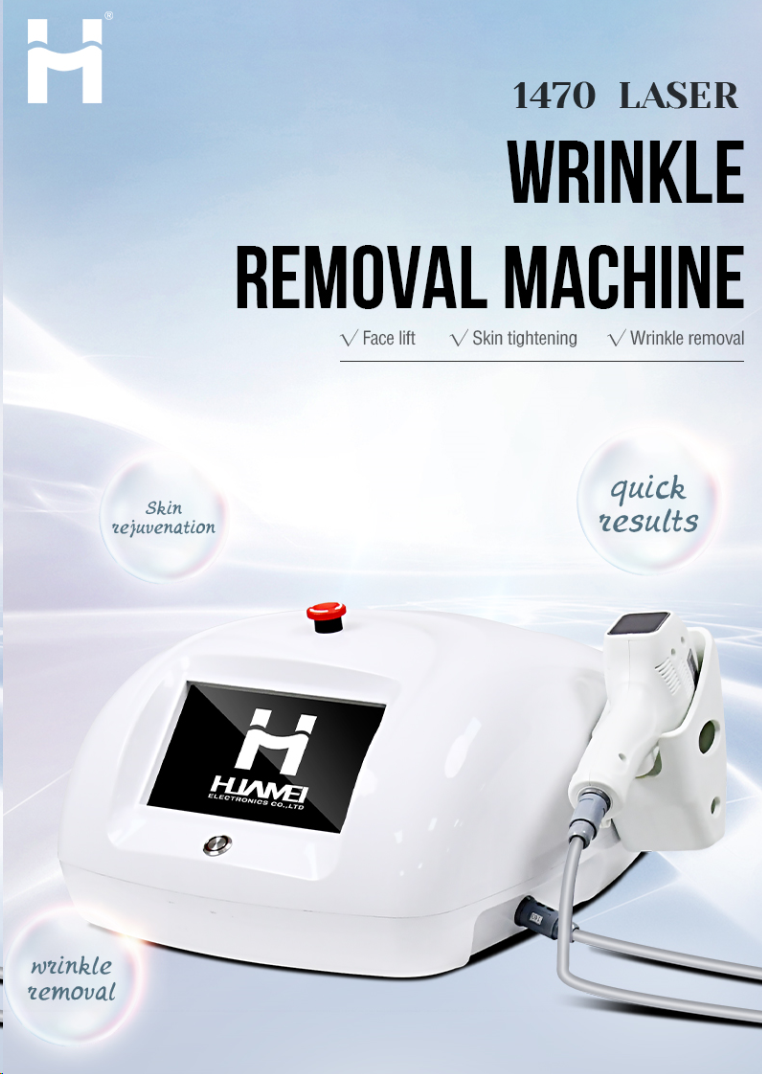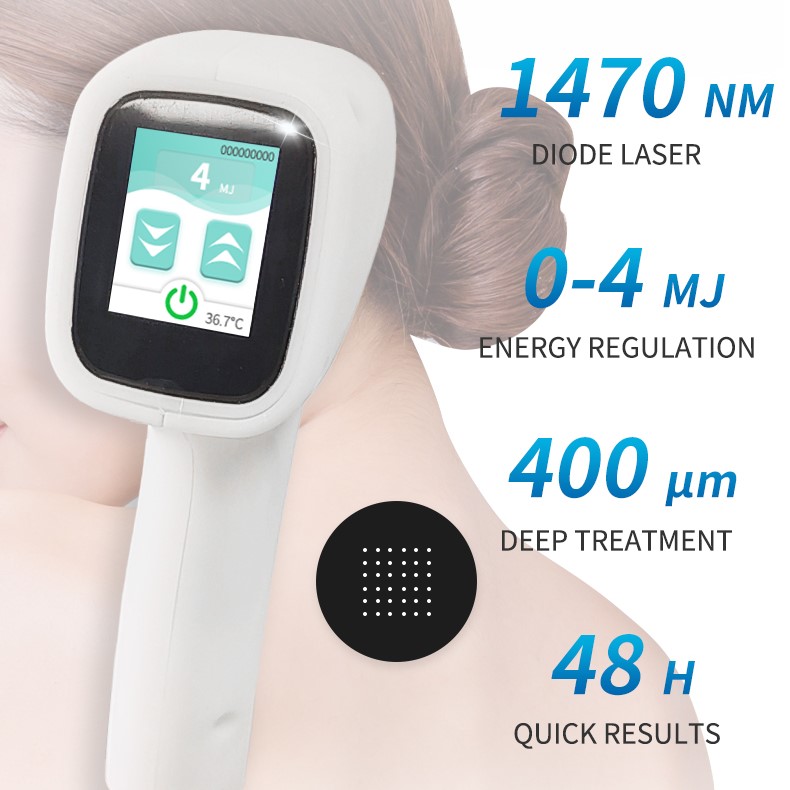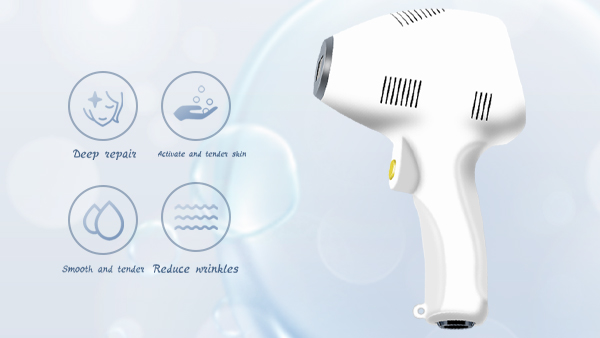Elevate Your Salon Experience with EMS Pelvic Chair: A Game-Changer for Beauty Professionals
November 26, 2025The Efficacy of 1470nm Fractional Laser in clinics and salons
February 21,2025

The 1470nm fractional laser has emerged as a versatile tool in dermatology and aesthetic medicine, offering targeted treatment for a range of skin conditions. Combining the principles of fractional photothermolysis and the unique absorption properties of water, this wavelength has gained attention for its precision, safety, and efficacy. This article explores the science behind the 1470nm laser, its clinical applications, and evidence supporting its effectiveness.
Science and Mechanism of Action
The 1470nm wavelength operates within the mid-infrared spectrum, a range highly absorbed by water molecules in biological tissues. This absorption profile allows the laser to deliver controlled thermal energy to the dermis while minimizing damage to surrounding structures.
Key mechanisms include:
Fractional Photothermolysis: The laser creates microscopic treatment zones (MTZs) in the skin, triggering collagen remodeling and neocollagenesis.
Selective Vaporization: Water-rich tissues absorb the energy, leading to controlled vaporization of damaged cells and stimulation of healing.
Minimal Epidermal Disruption: Unlike ablative lasers, the 1470nm wavelength preserves the epidermis, reducing downtime and complications.
Clinical Applications
1. Scar Revision
The 1470nm laser is particularly effective for treating hypertrophic scars, acne scars, and surgical scars. Studies show it improves scar texture and pigmentation by promoting collagen reorganization. A 2023 multicenter trial reported a 60–75% improvement in atrophic acne scars after 3 sessions.
2. Skin Rejuvenation
By stimulating collagen production, the laser addresses fine lines, wrinkles, and skin laxity. Its fractional approach ensures uniform energy distribution, resulting in smoother skin texture. Clinical data indicate a 30–50% improvement in skin elasticity after two treatments.

3. Pigmentary Disorders
The wavelength’s affinity for water allows it to target melanin-rich cells indirectly. It has shown promise in treating post-inflammatory hyperpigmentation (PIH) and melasma, with reduced risk of rebound pigmentation compared to shorter wavelengths.
4. Actinic Keratosis and Precancerous Lesions
Emerging research highlights its role in treating actinic keratosis, where controlled thermal damage eliminates dysplastic cells while preserving healthy tissue.
Advantages Over Other Lasers
Precision: The 1470nm wavelength’s high water absorption ensures minimal scatter, enabling focused treatment.
Reduced Downtime: Non-ablative nature allows patients to resume daily activities within 24–48 hours.
Versatility: Adjustable parameters (fluence, pulse duration, density) make it suitable for diverse skin types (Fitzpatrick III–V).
Combination Therapy: Synergizes with radiofrequency (RF) or topical agents for enhanced results.
Evidence from Clinical Studies
A 2024 Meta-Analysis (n=1,200) concluded that the 1470nm laser achieved superior scar improvement compared to 1550nm fractional lasers, with fewer adverse events.
A Prospective Study (2022) demonstrated 80% patient satisfaction for facial rejuvenation after 2 sessions, sustained at 12-month follow-up.
In Pigmentary Disorders, a split-face trial (2023) showed a 40% reduction in PIH severity versus 20% with topical hydroquinone alone.
Safety and Side Effects
The 1470nm laser is generally well-tolerated. Common transient side effects include erythema, edema, and mild crusting. Rare complications (<2% of cases) involve hyperpigmentation or hypopigmentation, often resolved with topical care.
Post-Treatment Care:
Sun avoidance and broad-spectrum sunscreen.
Moisturizers and non-irritating skincare products.
Future Directions
Ongoing research explores its utility in treating striae alba, port-wine stains, and even androgenetic alopecia via scalp microchanneling. Combination protocols with platelet-rich plasma (PRP) or growth factors may further enhance regenerative outcomes.
Conclusion
The 1470nm fractional laser represents a significant advancement in minimally invasive dermatological treatments. Its ability to balance efficacy with safety makes it a cornerstone for scar revision, skin rejuvenation, and pigment correction. As technology evolves, this wavelength is poised to expand its role in personalized aesthetic medicine.